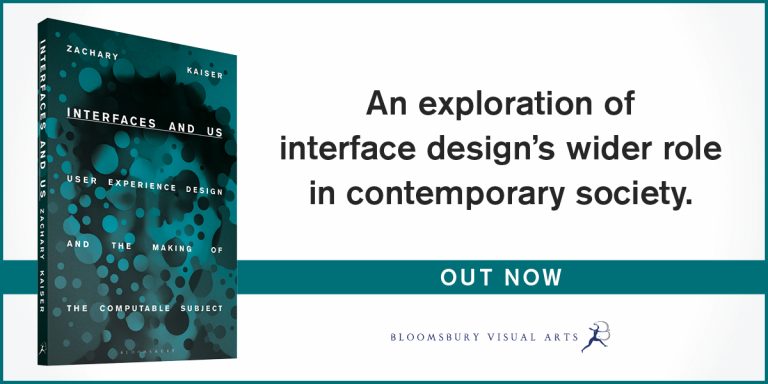Designing for transparency and the myth of the modern interface

UX consultant Thomas Wendt argues that the arguments in favor of invisible interfaces are making a few key mistakes, namely:
- Many are assuming that invisibility equates to seamless user experience
- There is an assumption that an interface can be either visible or invisible
- There is a conflation between interfaces in general and digital, screen-based interfaces
- They are not taking in to account the vast amount of theory available about how humans interact with technology
Wendt elucidates these points through a discussion of Martin Heidegger’s analysis of technology and objects in the world, arriving at a new solution: transparent interface design.
“The desire to create invisible interfaces or describe current natural user interfaces (voice, gestural, etc.) as invisible is a mistake. A change in vocabulary from “invisible†to “transparent†is not simply a semantic quibble; it is necessary to frame the discourse and mindset around better interface design. Invisibility is an impossible and undesirable goal. Transparency allows for movement, flexibility, and adaptation between different modes of interaction, which is necessary for modern systems design.”



